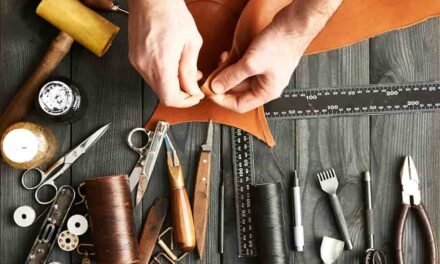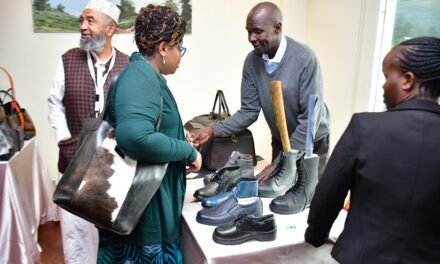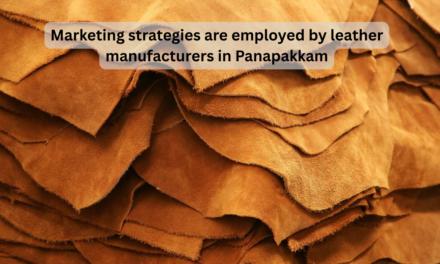The frequency of resoling or repairing leather footwear depends on various factors such as the type of footwear, usage, and quality of materials. Here’s a comprehensive guide to determine when your leather shoes need resoling or repair:
1. Typical Lifespan of Soles
- Leather Soles:
- Lasts approximately 6–12 months with daily wear on rough surfaces.
- Can last longer (2–3 years) with occasional use and proper care.
- Rubber Soles:
- Generally more durable than leather soles, lasting 1–2 years with regular wear.
- Wear depends on terrain and usage frequency.
2. Signs That Resoling Is Needed
- Visible Wear:
- Soles are visibly worn down, exposing layers beneath or holes in the sole.
- Reduced Traction:
- The tread on rubber soles is worn smooth, making them slippery.
- Uneven Wear:
- Soles show uneven wear patterns, often at the heel or ball of the foot, affecting comfort and posture.
- Water Damage:
- Leather soles absorb water or feel soft and spongy, indicating deterioration.
- Noise or Flexibility:
- Soles creak, or the shoe flexes more than usual, signaling weakened structure.
3. Signs That Repair Is Needed
- Loose or Broken Seams:
- Stitching on the upper or between components is coming undone.
- Separated Uppers and Soles:
- The bond between the sole and the upper is loosening or separating.
- Cracked or Dry Leather:
- Uppers show cracks or extreme dryness that conditioning cannot fully restore.
- Heel Damage:
- Worn-down or loose heels compromise the shoe’s balance and comfort.
4. Factors Affecting Resoling/Repair Frequency
- Usage:
- Daily wear on hard surfaces like concrete leads to faster sole wear.
- Occasional use on smooth, indoor surfaces prolongs sole life.
- Type of Footwear:
- Dress shoes with leather soles may require more frequent resoling than casual or outdoor shoes with rubber soles.
- Quality of Construction:
- High-quality footwear with Goodyear welt or Blake stitch construction is easier to resole and lasts longer than glued or cemented shoes.
- Care and Maintenance:
- Regular cleaning, conditioning, and proper storage extend the lifespan of both soles and uppers.
5. How Often to Resole
- Daily Wearers:
- Shoes worn daily may need resoling every 6–12 months, depending on sole material and usage.
- Occasional Wearers:
- Shoes worn occasionally (e.g., formal footwear) may last several years before resoling is necessary.
- High-Impact Activities:
- Shoes subjected to intense activities (e.g., hiking boots) may require more frequent resoling, about every 6–8 months.
6. How Often to Repair
- Minor Repairs:
- Address loose stitching, worn heels, or minor separation as soon as issues arise to prevent further damage.
- Uppers Maintenance:
- Repair cracks or deep scratches in leather with professional restoration when visible damage occurs.
7. Benefits of Timely Resoling/Repair
- Cost-Effectiveness:
- Resoling extends the life of quality leather shoes, saving money compared to buying new pairs.
- Sustainability:
- Repairing shoes reduces waste and promotes eco-friendly practices.
- Comfort:
- Maintaining soles and structure ensures the shoes remain comfortable and supportive.
- Preservation of Investment:
- High-quality leather footwear is an investment, and timely repairs help preserve their value and appearance.
8. How to Know It’s Beyond Repair
- Severely Damaged Uppers:
- When the leather uppers are cracked, torn, or excessively stretched, repairs may not restore the shoe’s functionality.
- Compromised Structure:
- Shoes that have lost their original shape or support may not be worth repairing.
- Excessive Wear:
- If both the sole and upper are severely worn, it may be more economical to replace the shoes.
9. Professional vs. DIY Repairs
- Professional Repairs:
- Ideal for complex repairs like resoling, replacing heels, or repairing welts.
- Ensures longevity and maintains the shoe’s original look and functionality.
- DIY Repairs:
- Suitable for minor fixes like adhesive touch-ups or basic stitching.
- Use only for temporary solutions until professional repair is accessible.
10. Regular Maintenance to Delay Resoling
- Rotate Shoes:
- Avoid wearing the same pair daily to reduce wear and give them time to dry and recover.
- Use Shoe Trees:
- Cedar shoe trees help maintain shape and absorb moisture.
- Protect Soles:
- Apply sole protectors or rubber overlays to leather soles for additional durability.
- Clean and Condition:
- Regularly clean and condition leather uppers to keep them soft and supple.
By paying attention to these factors and signs, you can keep your leather footwear in top condition and maximize its lifespan through timely resoling and repairs.
Hashtags
#LeatherFootwearRepair #ResoleLeatherShoes #ShoeRepairTips #ExtendShoeLife #LeatherShoeMaintenance #FootwearCraftsmanship #SustainableShoes #RepairDontReplace #LeatherShoeCare #FootwearSustainability







